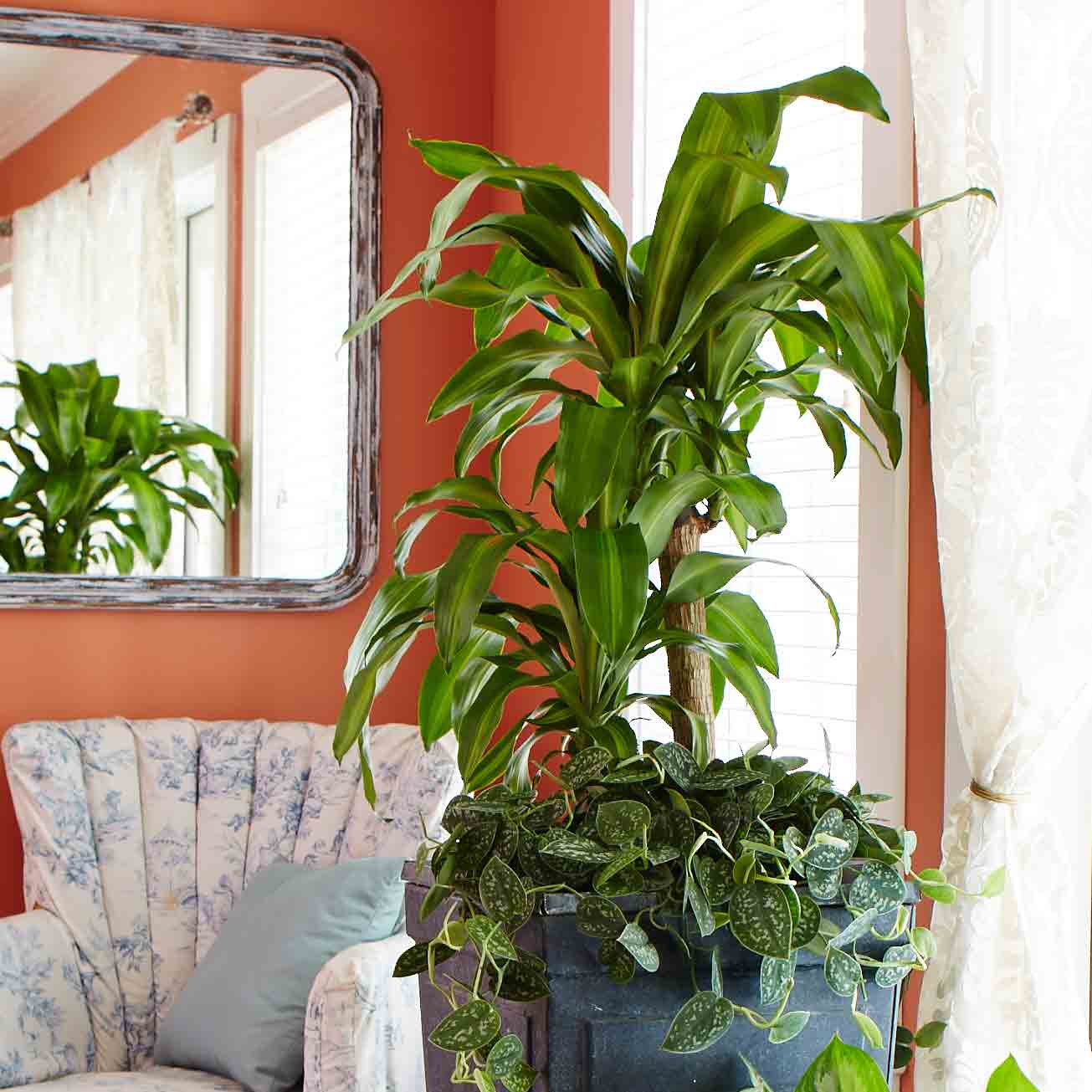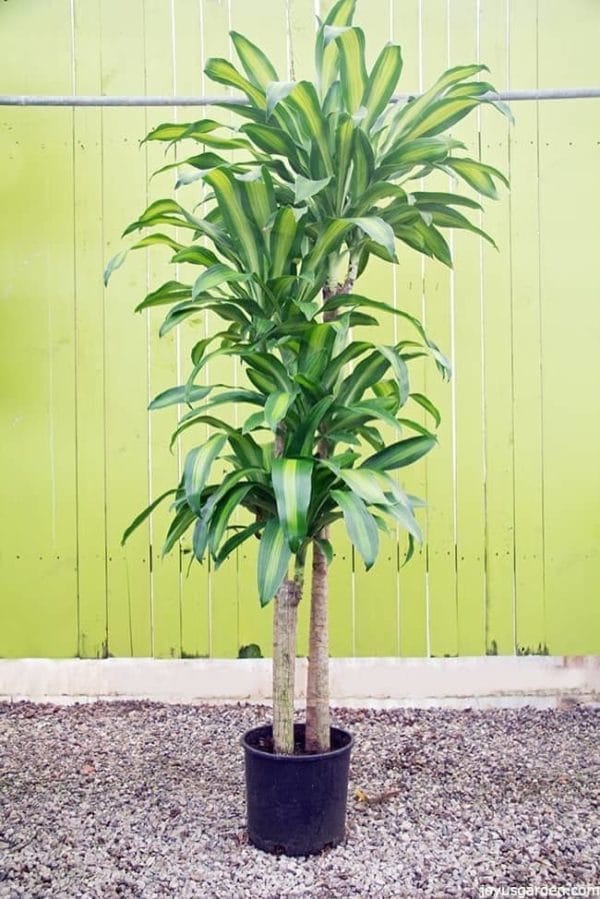Discover the Best Low-Light Indoor Plants for Your Home or Office Space
Discover the Best Low-Light Indoor Plants for Your Home or Office Space
Blog Article
Discover the very best Low-Light Indoor Plants for Enhancing Your Home Decoration
Incorporating low-light interior plants into your home decor can substantially boost both aesthetics and atmosphere, especially precede that do not have bountiful natural light. Selections such as the Serpent Plant and ZZ Plant not just bring life to lower edges however additionally add to improved air top quality and total well-being. Comprehending the one-of-a-kind characteristics and care requirements of these plants can cause an extra harmonious living environment. As we explore the leading choices and their innovative applications, one might question how these choices can change your space right into a flourishing refuge.

Why Pick Low-Light Plants
Why opt for low-light plants in your interior areas? The modern living setting commonly presents difficulties such as limited natural light, making it difficult for conventional houseplants to flourish. Low-light plants are specifically adjusted to prosper and make it through in these conditions, using a sensible remedy for individuals looking for to enhance their indoor rooms without the added tension of keeping a lot more light-demanding vegetation.
Along with their resilience, low-light plants add dramatically to the looks of a room. Their varied series of shades, forms, and sizes permits special interior decoration opportunities, creating inviting and vivid ambiences. Indoor plants are understood for their air-purifying top qualities, boosting indoor air high quality by filtering system toxic substances and releasing oxygen, which can enhance general health.
Low-light plants also call for very little upkeep, making them specifically interesting busy individuals or those brand-new to gardening. Their adaptability enables positioning in various environments, from workplace to dimly lit corners of the home. By selecting low-light plants, you can delight in the advantages of greenery without the constraints that typically accompany traditional gardening, ultimately fostering a healthier and more aesthetically attractive interior atmosphere.
Top Low-Light Indoor Plants
For those seeking to boost their interior spaces with greenery that flourishes in low-light problems, numerous plant choices stand apart for their strength and visual allure. The Snake Plant (Sansevieria trifasciata) is a preferred selection, recognized for its upright, sword-like fallen leaves and ability to tolerate neglect. This sturdy plant can survive in poorly lit areas while boosting indoor air quality.
One more exceptional choice is the Pothos (Epipremnum aureum), characterized by its heart-shaped leaves and routing creeping plants. When placed on racks or hanging baskets., Pothos is not just adaptable to reduced light however likewise uses a striking visual comparison.
The ZZ Plant (Zamioculcas zamiifolia) is similarly excellent, boasting shiny, dark environment-friendly leaves that can illuminate any kind of edge. Its dry spell resistance makes it optimal for hectic house owners.
Care Tips for Low-Light Plants
Just how can you make sure that your low-light interior plants flourish regardless of minimal sunlight? First, pick the ideal potting mix that provides good drain while preserving wetness. A well-aerated soil, such as a blend of potting dirt and perlite, can assist stop origin rot.
Watering is vital; low-light plants normally need much less constant watering contrasted to their sun-loving counterparts. Always inspect the leading inch of the dirt-- if it feels completely dry, it's time to water. Beware of overwatering, as this can lead to fungal issues and origin decay.
Fertilizing low-light plants need to be done sparingly - Best low-light indoor plants. Utilize a balanced, water-soluble plant food throughout the expanding season, however get rid of or minimize fertilizing in the inactive months
In addition, dirt can gather on fallen leaves, preventing photosynthesis. Gently clean the leaves with a wet fabric to keep them tidy.
Last but not least, observe your plants closely. Signs of distress, such as yellowing leaves or leggy growth, can suggest that your plant needs changes in care (Best low-light indoor plants). By complying with these treatment tips, your low-light interior plants can thrive, including appeal and vitality to your home
Imaginative Ways to Display Plants
Elevating the aesthetic charm of your interior room can be attained by thoughtfully showing your low-light plants in imaginative ways. Take into consideration utilizing upright space to your advantage; wall-mounted racks can display tracking plants like pothos or philodendron, adding lushness while conserving floor area. Conversely, utilize go to the website plant stands of varying heights to create visual rate of interest and deepness, drawing the eye up.
Hanging planters are another excellent choice, supplying a remarkable result when put on hold from the ceiling or hooks. Macramé wall mounts can introduce appearance and bohemian flair, while modern-day ceramic wall mounts can match a minimalist visual. For a more cutting-edge technique, repurpose unique containers such as classic teacups or glass containers, which can add individuality to your display.
Organizing plants in clusters is additionally effective; use varying pot dimensions and shades to produce a natural look. This approach not only enhances aesthetic influence yet also offers an all-natural habitat feel - Best low-light indoor plants. Last but not least, think about positioning plants near light sources like home windows or lamps to maximize their development and showcase their vibrant vegetation, hence improving the general atmosphere of your indoor atmosphere.
Advantages of Indoor Plant
Many researches have actually shown that integrating indoor plant right into your living room provides a multitude of benefits, improving both physical and psychological wellness. Among the most significant advantages of interior plants is their capability to enhance air top quality. Plants soak up co2 and launch oxygen, producing a much healthier ambience while also filtering system out dangerous toxins, hence advertising respiratory system health.
In addition, the visibility of plant has actually been connected to decreased tension degrees. Research suggests that connecting with plants can reduce cortisol degrees, which are connected with stress. This relaxing result can result in improved mood and raised performance, making interior plants an optimal enhancement to offices.
Additionally, indoor plant can improve cognitive feature. Studies recommend that environments improved with plants can bring about enhanced emphasis, imagination, and general mental clearness. The aesthetic charm of interior plants likewise adds to an extra inviting and pleasurable environment, positively influencing social interactions and general fulfillment within an area.
Final Thought

Including low-light indoor plants right into your home design can significantly enhance both aesthetics and environment, particularly in areas that lack abundant all-natural light. Varieties such as the Snake Plant and ZZ Plant not just bring life to dim edges yet likewise add to boosted air top quality and total well-being. Interior plants are recognized for their air-purifying qualities, improving interior air high quality by filtering toxic substances and launching oxygen, anchor which can boost overall well-being.
For visit this web-site those looking for to enhance their indoor rooms with greenery that flourishes in low-light problems, a number of plant alternatives stand out for their resilience and visual allure. These resilient plants, such as the Snake Plant and ZZ Plant, thrive in dark conditions and call for marginal maintenance, making them appropriate for various way of lives.
Report this page